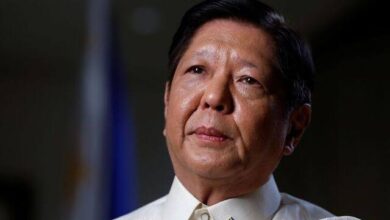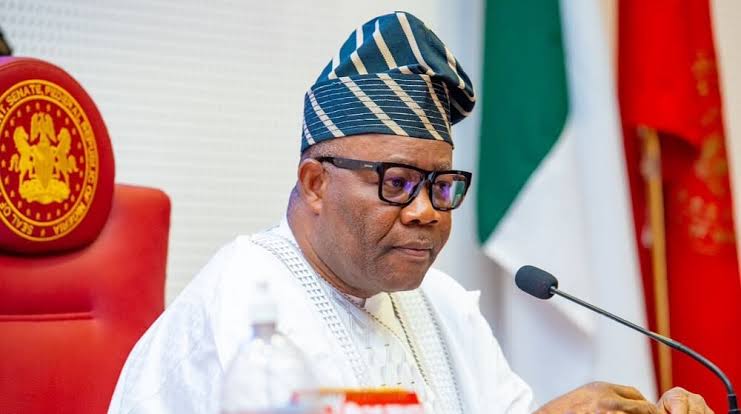China Reveals $1.4 Trillion Plan to Bail Out Local Governments

- The massive support package came after a series of smaller measures in recent weeks were announced to jump-start growth in China’s sluggish economy.
The Chinese government on Friday approved a $1.4 trillion plan to revive the economy, authorizing local governments to refinance crushing debts that have left some cities unable to pay their bills.
The move caps a series of steps China’s leaders began in September to stimulate growth, an effort that took on greater urgency this week with the election of Donald J. Trump as president of the United States. Mr. Trump has promised to wage economic warfare with China, saying he would put additional tariffs as high as 60 percent on Chinese goods imported by the United States.
China’s economy has struggled to regain momentum this year. The grinding collapse of the real estate market, where most Chinese households build their wealth, has left people reluctant to spend. Home prices have fallen about 10 percent a year for the past three years, and foreclosures are soaring.
At the same time, local governments have piled up unsustainable levels of debt. For years, they drove growth by borrowing massive sums of money to pay for infrastructure projects. Then they took on even more of debt during the Covid-19 pandemic.
But despite the mounting problems facing the economy, China’s top leaders, until six weeks ago, held back from taking significant steps to break the cycle. Beijing has historically favored state-led growth rather than direct consumer stimulus. In late September, the government took action and made it easier for households and companies to borrow.
The financing announced Friday by the Standing Committee of the National People’s Congress adds long-awaited support to these measures and is meant to help local governments clean up their off-the-books debts. But economists say it will alleviate only a fraction of the debt that can be attributed to local governments, which the International Monetary Fund estimated last year added up to 60 trillion RMB, or $8.3 trillion.
And no matter what happens with Washington’s tariffs, Beijing will need to do more to stabilize the economy as global growth slows and U.S. demand for Chinese goods is expected to decline, said Wang Tao, chief China economist at UBS, the Swiss bank.
“What is announced so far is likely not enough,” Ms. Wang said.
The debt level of most provincial governments doubled between 2018 and 2023, according to Victor Shih, a specialist in Chinese politics and finance at the University of California, San Diego.
Over the past few years, some indebted local governments have fallen behind on paying the wages of city and county level employees. Getting these workers their salaries would help get middle class people spending again, Mr. Shih said.
In September, China’s central bank cut short-term interest rates and rates on existing mortgages, reduced minimum down payments for housing purchases, and freed the country’s state-controlled commercial banks to lend more including to promote stock purchases.
Dozens of Chinese cities have relaxed restrictions on home buying in recent months in a bid to get more people to buy.
These moves will help the economy hit the target of around five percent growth, but will not reinvigorate demand in the housing market, said Larry Hu, chief China economist for Macquarie Group, an Australian financial services firm. “For that purpose, we need a more sizable stimulus,” Mr. Hu said.
More funding could be announced in December after the Central Economic Work Conference, the annual conference that sets China’s economic policy. But more money won’t address the fundamental restructuring that some economists say is what the economy really needs.
“Even though this is a large amount of money, it is still basically kicking the can down the road,” Mr. Shih said.
NEW YORK TIMES





